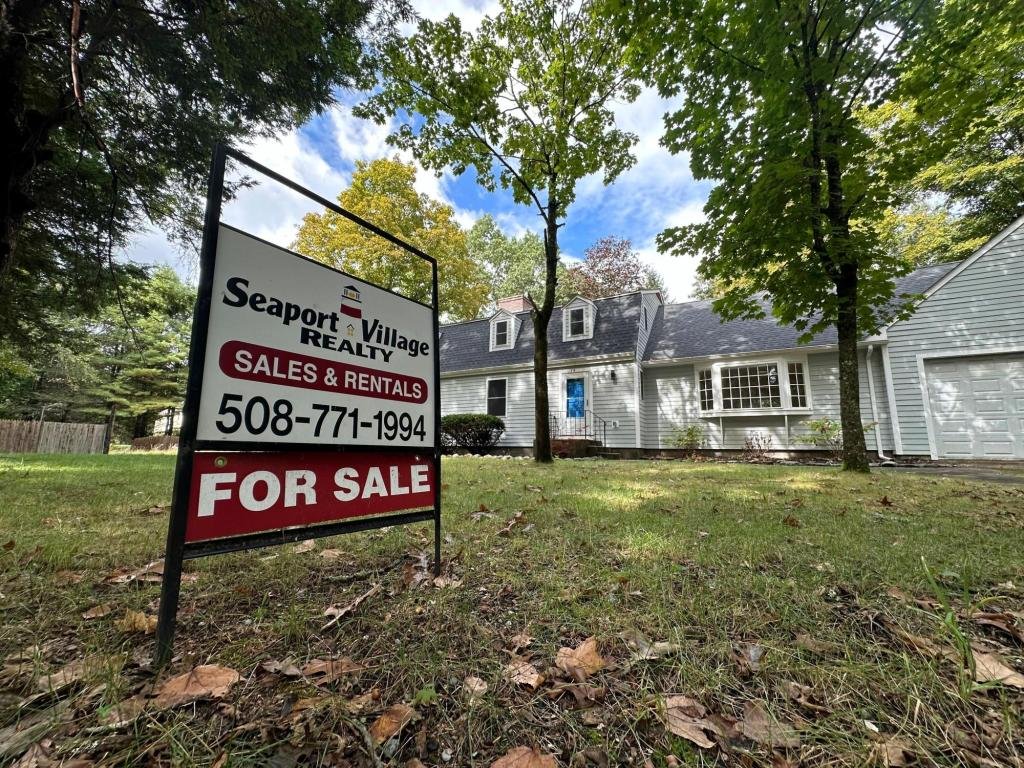Real Estate Investors Increase Market Share Amid Homebuyer Challenges
In an unsettling shift in the U.S. housing market, one-third of homes sold in early 2025 were snatched up by investors—an all-time high that underscores the challenges facing traditional homebuyers. A family in Southern California, once hopeful of finding their dream home, watched in dismay as a sleek, cash-rich investor team outbid them for a modest bungalow. The anxious parents, defined by their modest income and apprehensive of rising mortgage rates, had set aside savings for a down payment but soon realized their aspirations were blighted by a pool of deep-pocketed competitors.
The Investment Surge
According to a report from real estate data provider BatchData, nearly 27% of all homes sold during the first quarter of 2025 were purchased by investors—an increase that reflects how rising prices and persistent borrowing costs have sidelined many potential homeowners. Over the past five years, investor purchases had averaged just 18.5%, making this uptick significant. The statistics paint a stark picture: 265,000 homes were acquired by investors in just three months, indicating a marginal but crucial increase of 1.2% compared to the same quarter in 2024.
The escalating dominance of investors stems not only from their cash advantages but also from a broader sales slump in the housing market that began when mortgage rates climbed from pandemic-era lows. Josephine Carter, a housing economist at the fictitious National Institute for Housing Research, notes, “Investors have become the lifeboat in a sea of traditional buyer despair. As rates stabilize at elevated levels, median home prices continue to rise, making the prospect of home ownership increasingly elusive for average Americans.”
Rising Costs and Slower Sales
The deceleration has led to extended selling periods and rising inventories, giving a competitive edge to those with available cash. This dynamic fosters a market environment where investors can capitalize on the challenges faced by ordinary homebuyers.
- High mortgage rates persist in creating affordability constraints.
- Home prices have shown signs of incremental growth, exacerbating economic divides.
- Properties are taking longer to sell, contributing to higher inventories.
“As buyers grapple with affordability, investors with cash and financing advantages are stepping in to maintain transaction volume,” the BatchData report elucidates. The firm analyzes U.S. home sales records to identify investor purchases, which include secondary properties such as vacation rentals but exclude primary residences.
Mom-and-Pop Investors Dominate
Despite large institutional investors capturing headlines, the reality of the U.S. housing investment landscape is dominated by smaller, local entities. According to BatchData, mom-and-pop investors—defined as those owning between one to five homes—represent a staggering 85% of all investor-owned residential properties. In contrast, institutional investors owning 1,000 or more homes only account for approximately 2.2% of these properties, a number potentially on the decline.
Maxwell Reed, a real estate strategist and founder of the Urban Housing Initiative, emphasizes, “The narrative around Wall Street’s incursion into housing often overshadows the silent, steady influence of small investors who are forming the backbone of rental markets across the country.” As larger institutional players begin to tighten their acquisitions, local investors are stepping up to fill in the gaps.
Institutional Investors Scaling Back
While mom-and-pop investors seem to thrive, many institutional players are beginning to retreat. Data from Parci Labs reveals that six out of eight prominent companies, including Invitation Homes and American Homes 4 Rent, sold more homes than they acquired in the second quarter of 2025. This trend unveils a complicated reality: traditional investment strategies are evolving in response to market dynamics.
Implications for the Housing Market
The ongoing ascendancy of investors raises critical questions about affordable housing accessibility. As investors continue to buy homes and convert them into rental properties, concerns around supply and demand grow more pronounced. Such transactions can accelerate gentrification and displace long-time residents, particularly in urban areas where housing supply is already limited.
“What we’re witnessing is the gradual transformation of neighborhoods into investor-owned enclaves, which may undermine community stability,” warns Carla Chen, director of the fictitious Urban Development Advocacy Institute. “If this trend persists, it carries serious implications for rental prices and living conditions in these areas, ultimately affecting socio-economic diversity.”
Finding Solutions
Many cities are beginning to devise innovative policies to mitigate the impact of investor purchases. Possible solutions include:
- Implementing restrictions on investor purchases in designated affordable housing areas.
- Encouraging first-time homebuyer programs with subsidies.
- Introducing taxes on vacant investor-owned properties to incentivize occupancy.
As local governments explore their options, the urgency for a multi-faceted approach grows more apparent. Investors may have a significant role in maintaining market momentum, yet the dream of home ownership for families across America hangs in the balance, threatened by the rising tide of investor dominance.
In a society where the American Dream once symbolized ownership and stability, the impending reality reveals a more complex and fragmented landscape. Families find themselves in a tug-of-war with investors, left yearning for opportunities to stake their claim in a market increasingly skewed by financial power. As the industry evolves, stakeholders must navigate this delicate equilibrium—balancing investment opportunities with the need for affordable housing solutions that foster community well-being.









